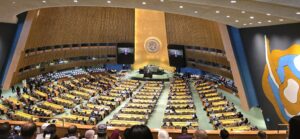
by Ghulam Suhrawardi
The U.N. General Assembly (UNGA) session in New York is an annual ritual of diplomacy, protest, and pageantry. This year was no exception. When I arrived in New York on September 24th and checked into the Hyatt Regency Hotel, where both Professor Yunus and the Bangladesh delegation were, it quickly became clear that Bangladesh’s political fault lines had also come to America.
From our hotel, it was a short walk to the United Nations Headquarters, the University Club, and Dag Hammarskjöld Plaza (the epicenter of protests and global activism). But suppose the city was humming with the rhythms of global diplomacy. In that case, the sidewalks outside the UN were resonating with something else: the anger of the dispossessed, the voice of the diaspora, and the noise of Bangladesh’s all-consuming political rivalry.
It started on Thursday evening as I returned from a quiet dinner at a Thai restaurant. The shrill broke the night’s peace of bullhorns. Directly across the street from the Grand Hyatt, a crowd of about 30 Awami League supporters was chanting in profanity and English. Anti-Yunus slogans punctuated by expletives, the term “murderer” was a frequent refrain, as was “loan shark.” For nearly half an hour, chants of “Murderer! Murderer! Yunus! Yunus!” reverberated in front of the hotel. Photographers and curious bystanders had begun to gather, and Bangladeshi reporters fired away in an impromptu clash of words that mirrored Bangladesh’s deeper domestic divide. Then, as suddenly as they had arrived, the protesters dispersed, leaving behind only the stench of political venom.
The following morning, as I sat in the UNGA hall, I thought of the street violence only a few blocks away. Israeli Prime Minister Benjamin Netanyahu had just finished his predictable tirade when most of the delegates left the hall. After him, a host of world leaders followed: most against Israel’s continuing atrocities in Gaza. At 11:30 AM, Bangladesh’s Chief Adviser and Nobel laureate, Professor Yunus, took the podium. As he began to speak, the hall became hushed. It was the first day of UNGA, and diplomats were buzzing over refreshments or just milling about. They came in to listen. Professor Yunus delivered a moralistic, visionary speech in service of a “three-zero world” (zero poverty, zero unemployment, and zero carbon emissions), reflecting the voice of conscience rather than ambition. He was applauded, by both delegates and onlookers, not for his political power (for there was none left) but for what he once was and still is to many: a force for good in a world gone bad.
In the afternoon, I took a walk to Dag Hammarskjöld Plaza. New York’s storied democratic cacophony was in full display. Supporters of Palestine waved flags and chanted for freedom.
Colombian president Gustavo Petro, who had joined a pro-Palestinian demonstration on the plaza, was also photographed leading thousands of protesters with a megaphone. Wearing a keffiyeh, a Palestinian scarf, he called for the establishment of a global armed force to “liberate Palestine”. He said it should be “bigger than that of the United States”. He was joined by Roger Waters, co-founder of Pink Floyd, another staunch supporter of the Palestinian cause. The U.S. State Department said it would revoke Petro’s visa as a result of his “reckless and incendiary actions” at the rally, an action Petro dismissed by saying he is also a European citizen and does not require a U.S. visa.
Groups of Bangladesh Nationalist Party (BNP) members and Awami League supporters took up positions on opposite sides of the plaza, hurling insults, songs, and sometimes shoves. Some Bangladeshi reporters were composing their narratives from their erstwhile speakers and demonstrators. The Awami League contingent was the larger, more organized group: drums, banners, microphones, and most interestingly, boxes of biryani for passersby (even non-Bangladeshis). The plaza became a kind of theater of Bangladesh’s political culture: a pastiche of passion, division, and spectacle.
Around them were other smaller, more ideological demonstrations: Israelis for peace, anti-nuclear proliferation, Falun Gong against China’s repression. However, the Bangladeshis seemed an outlier in both their number and volume. As I walked by, I was struck by the emotionalism that punctuated every chant.
The following night, as the street protests gave way to diplomacy, I headed to the University Club of New York for a private gathering of the “Friends of Bangladesh.” Professor Yunus was there, the picture of calm after a day of New York tumult. The room was filled with people who work in Bangladesh, people who want to work in Bangladesh, and people who care about Bangladesh. The atmosphere was warm, collegial, and optimistic (the opposite of the previous night’s street scene).
Bangladesh’s UNGA week was a reminder that Bangladesh’s political passions know no borders. Just as their leaders clash in public meetings in Dhaka, in Patuakhali, and elsewhere, so do they here. They erupt here, even on the other side of the planet, wherever the fate of Bangladesh and Bangladeshi-ness is debated. For all the shouting, one can only hope that, as in New York, reason, reform, and resilience (not resentment) will win the day. That, and the power of Yunus’s message of hope, resonated inside the United Nations as chaos rumbled outside.
The author is the Publisher of the South Asia Journal
Video link 1 Video link 2 Video link 3 Video link 4 Video link 5 Video link 6
Photographs
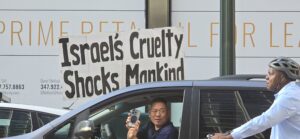
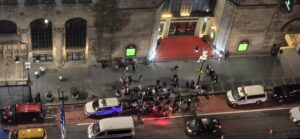
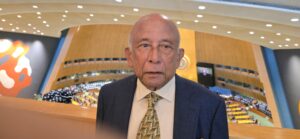
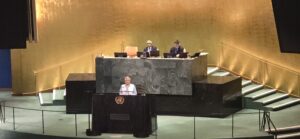
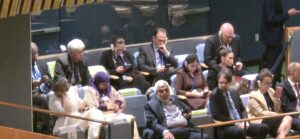
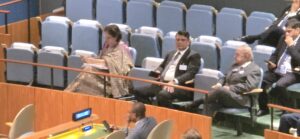
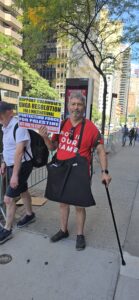
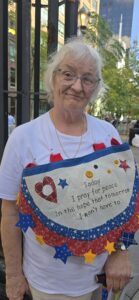
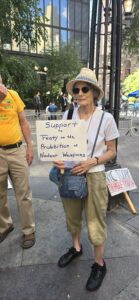
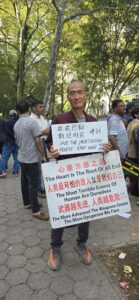
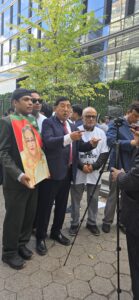
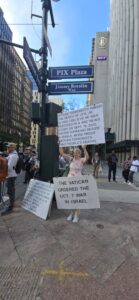
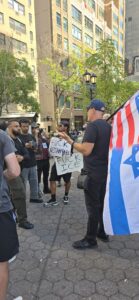
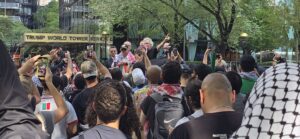
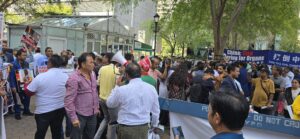
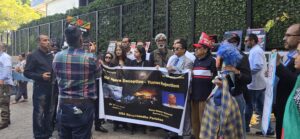
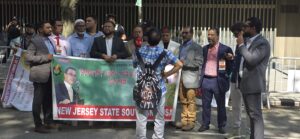
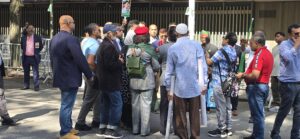
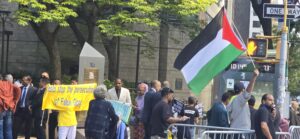
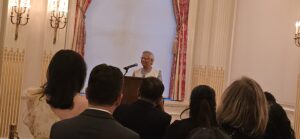
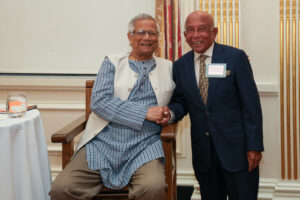

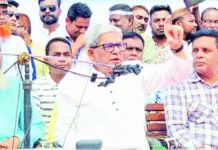
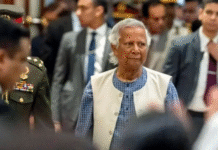
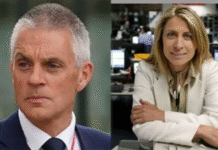




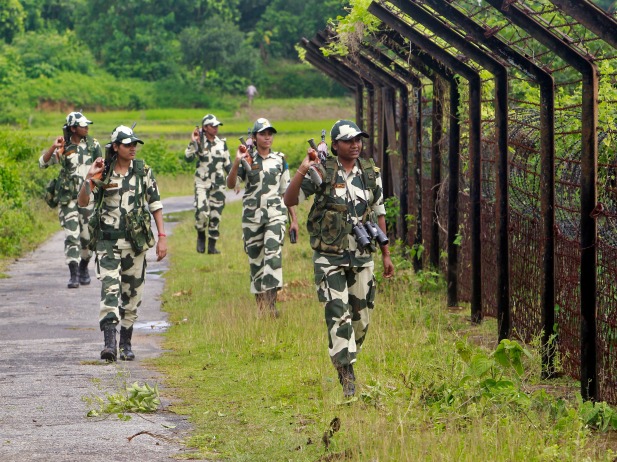
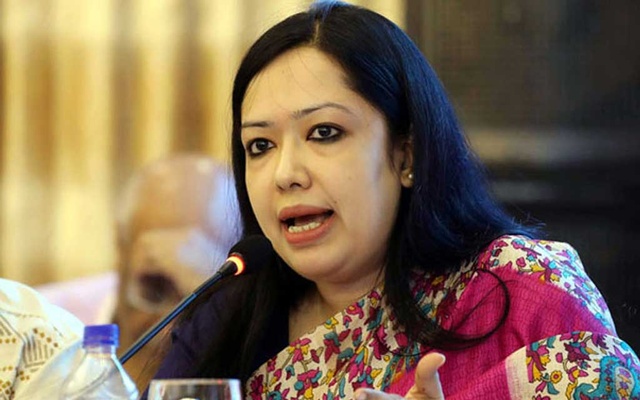
It’s a nicely written and well projected piece of writing on the UNGA – both inside and outside of the building with crowds of different segments with their agendas and political demands, as you have observed during your visit.
It’s most interesting to observe the export of Bangladeshi politics into the arena of the UNGA building as a part of chaos and degradation of the people and the nation – Bangladesh.